Black wormwood medicinal plant nursery garden at Pu Luong Nature Reserve.
Initial results
In the whole province, there are nearly 1 thousand medicinal plant species, of which about 20 precious medicinal plant species are mainly concentrated in mountainous districts such as: purple cardamom, seven-leaf one-flower, orchid, black mugwort, Gynostemma pentaphyllum, red polygonum multiflorum, Scrophularia ningpoensis, Andrographis paniculata,... In recent years, Thanh Hoa province has paid attention to and implemented many scientific programs and projects to preserve and develop indigenous medicinal plant species under the canopy of natural forests and planted forests. Many models have been successfully implemented, opening up directions for livelihood development for people in mountainous areas to reduce poverty.
Pu Luong Nature Reserve (BTTN) recorded 590 species of natural medicinal plants; of which there are about 33 rare and endangered medicinal plant species listed in Decree No. 06/2019/ND-CP of the Prime Minister on management of rare and endangered forest plants and animals; Vietnam Red Book 2007 and Red List of Vietnamese medicinal plants 2007 such as: seven-leaf one-flower, limestone orchid, khôi leaf...
In order to preserve medicinal plants, the Management Board of Pu Luong Nature Reserve has implemented a number of projects and scientific topics, such as: "Research, conservation and development of rare medicinal plants with seven leaves and one flower"; Scientific project "Application of scientific and technical advances to build a model for planting, processing and consuming medicinal plants such as Gynostemma pentaphyllum, red polygonum multiflorum, and Vietnamese codonopsis in two districts of Ba Thuoc and Quan Hoa (old), Thanh Hoa province (2016-2020)"; "Research on propagation techniques and construction of a pilot planting model for the medicinal plant Siraitia siamensis in Pu Luong Nature Reserve"...
Mr. Le Dinh Phuong, Director of Pu Luong Nature Reserve Management Board, said: “The development of medicinal herbs under the forest canopy in Pu Luong has initially recorded some results, contributing significantly to maintaining the natural ecosystem, creating sustainable livelihoods, helping people have more income from growing and exploiting medicinal herbs, especially in remote areas, ethnic minority areas, thereby reducing pressure on forests, minimizing deforestation for farming land, preventing soil erosion, protecting water resources, improving the efficiency of forest management and protection. In particular, one of the new directions associated with local advantages is to form tourism services associated with health care activities in Pu Luong developed based on products from medicinal plants, meeting the needs of tourists who want to find balance and restore health”.
Previously, the area of medicinal plants in Thanh Hoa province was mainly concentrated in the highland communes. Recently, realizing the economic efficiency of medicinal plants, Thanh Hoa province has focused on developing the area in the midland and delta communes with alluvial land and low mountainous land. Many localities and units in the province have implemented projects and solutions to preserve and sustainably develop medicinal plants, gradually forming raw material areas for processing and export. Thanh Hoa currently has about 2,000 hectares of medicinal plants being grown on agricultural land and about 94,550 hectares of medicinal plants under the forest canopy being sustainably exploited and distributed mainly in mountainous communes (exploitation output 550 tons/year).
Turn potential and strengths into advantages and development motivation
Although certain results have been achieved, in general, the development of medicinal plant cultivation in the province is still small-scale, fragmented, and lacks intensive investment.
One of the first reasons given is due to barriers in mechanisms and policies. Current legal regulations have not diversified other forms of forest use to attract and encourage many investors to grow and develop medicinal plants, especially to grow and develop medicinal plants under the forest canopy. Land accumulation to create large areas, attract businesses to invest in developing raw material areas and mechanisms and policies related to forest environment leasing, joint ventures, associations, etc. also face many difficulties and obstacles.
Most of the areas with potential for developing the cultivation of precious medicinal plants under the forest canopy are mainly special-use and protective forests managed by State forest management organizations (protection and special-use forest management boards). However, these organizations do not have the financial resources to invest in developing raw material areas as well as favorable mechanisms and policies for public service units to join ventures and associate with enterprises with financial resources and experience in managing investment in developing raw material areas.
Transport infrastructure in medicinal plant growing areas in remote areas is not yet complete; local facilities and infrastructure are underdeveloped, leading to difficulties in accessing and implementing investment projects for medicinal plant cultivation and development.
Funding for scientific research activities to develop medicinal plants under forest canopy and the application of science and technology in the field of medicinal plants is still limited, leading to low productivity and quality of medicinal plants.
To resolve difficulties and problems arising from the practice of developing medicinal plants under forest canopy, on July 1, 2025, the Government issued amendments and supplements to a number of articles of Decree No. 156/2018/ND-CP dated November 16, 2018 of the Government detailing the implementation of a number of articles of the Forestry Law. Accordingly, the Decree has added specialized terms such as "medicinal plants", "harvesting medicinal plants"; adding section 4a after section 4 of Chapter II detailing the cultivation, development, and harvesting of medicinal plants in special-use forests, protection forests, and production forests, principles, forms, methods, contents of plans, procedures for appraisal and approval of plans for cultivating and harvesting medicinal plants in forests.
The contents of the decree ensure specificity, strictness, science, and legalization of activities of raising, growing, and harvesting medicinal plants in forests, avoiding "ambiguity", concept swapping, and taking advantage of raising, growing, and developing medicinal plants to harvest natural medicinal plants in forests.
With the decree, forest owners are given more autonomy, thereby creating motivation and opportunities for development. The issue of leasing forest environments for raising, growing, developing, and harvesting medicinal plants in the forest for forest owners who are organizations is clearly regulated. Specifically: The price for leasing forest environments in the registration dossier of organizations and individuals is calculated as a percentage of total revenue and must be converted to absolute value for forest owners to evaluate, clearly stated in the forest environment leasing contract.
In case there is only one qualified organization or individual, the forest owner shall negotiate and sign a forest environment lease contract, ensuring that the forest environment lease price is not lower than 5% of the total revenue realized in the year within the scope of the forest environment lease area.
If two or more organizations or individuals meet the conditions, the forest owner will choose the organization or individual with the highest profile evaluation score; in which, the price factor is a criterion in the technical profile, ensuring that it is not less than 5% of the total revenue realized in the year, within the scope of the forest environment rental area.
Organizations and individuals renting forest environments to raise, grow, develop, and harvest medicinal plants in the forest are not required to pay for forest environmental services for the rented forest environment area according to the provisions of this Decree. Forest environment rental fees are the forest owner's source of income used to serve the management, protection, and development of forests and improve the forest owner's livelihood.
The Decree also stipulates that the maximum period for leasing forest environment is 10 years according to the crop cycle. If the lessee performs well and has a need for extension, the forest owner can consider extending it by no more than 2/3 of the initial period. Forest environment rental is a legal source of income for the forest owner, used for management, protection and improving people's lives.
The Government's efforts and determination in perfecting institutions and creating a legal corridor, along with the proactiveness, creativity, and enthusiastic and positive "participation" of local authorities, forest owners and communities living near forests, promise to open up new spaces and steps for exploiting the potential for medicinal plant development under the forest canopy, linking economic development with protection and sustainable development of forest resources.
Article and photos: Anh Phuong
Source: https://baothanhhoa.vn/mo-ra-khong-gian-phat-trien-duoc-lieu-duoi-tan-rung-256231.htm


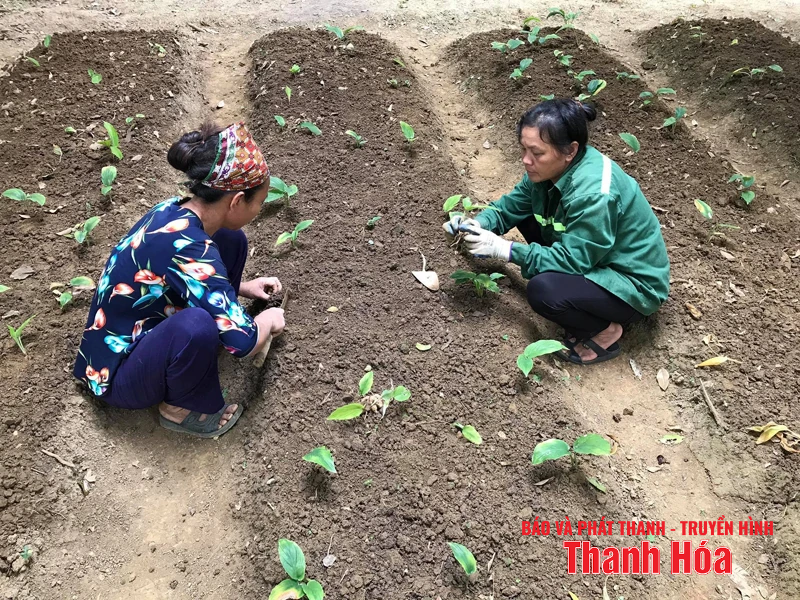





![[Photo] Da Nang: Hundreds of people join hands to clean up a vital tourist route after storm No. 13](https://vphoto.vietnam.vn/thumb/1200x675/vietnam/resource/IMAGE/2025/11/07/1762491638903_image-3-1353-jpg.webp)
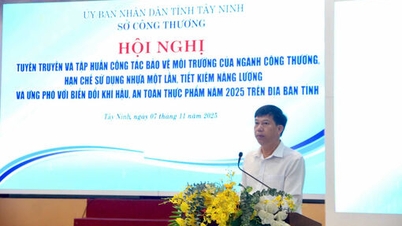



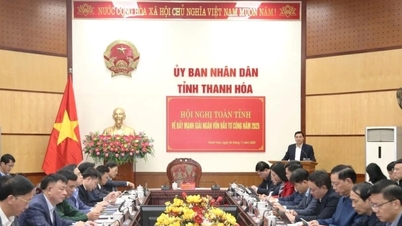

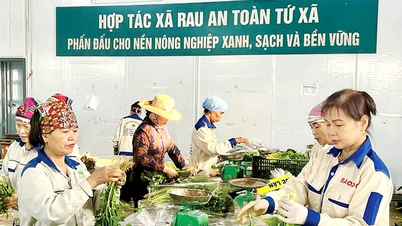

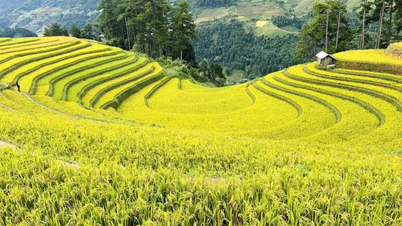

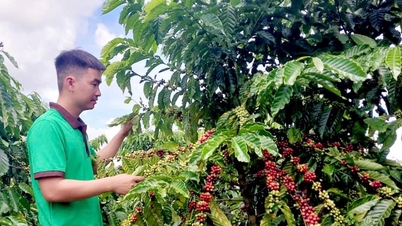


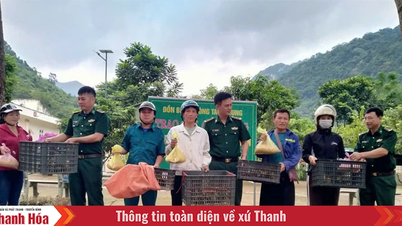



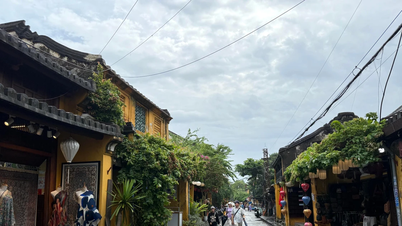


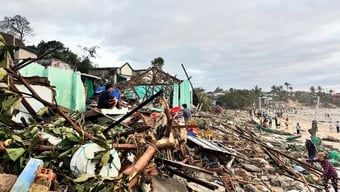

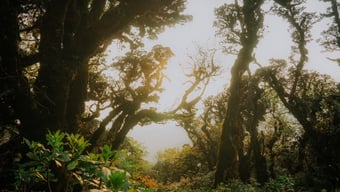
![[E-Magazine]: Winter comes, calling love back](https://vphoto.vietnam.vn/thumb/402x226/vietnam/resource/IMAGE/2025/11/07/1762519247877_e-magazine-dong-w1200t0-di2544d199d5163001t11920l1-v-128.webp)
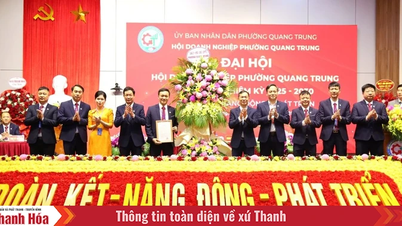


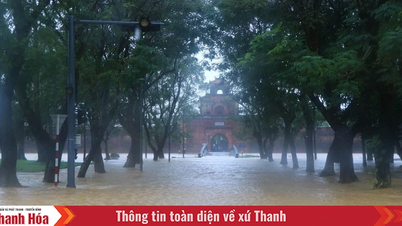




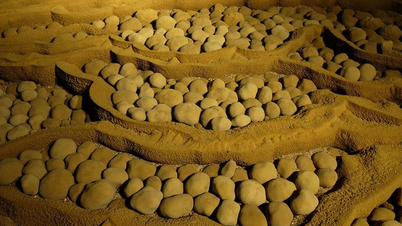

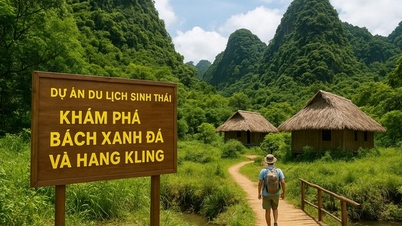




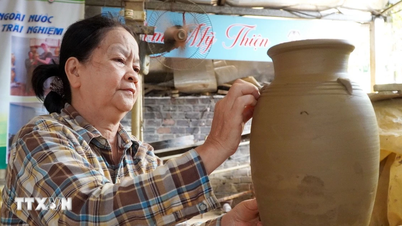














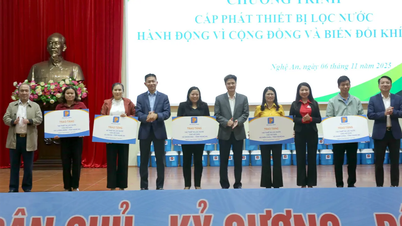












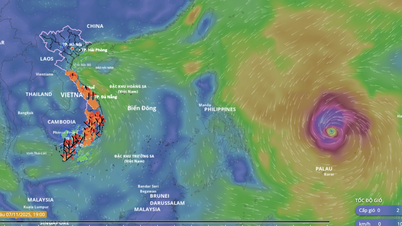






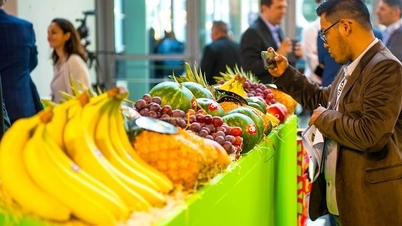


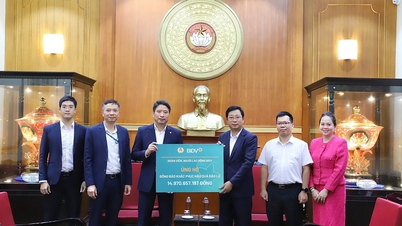


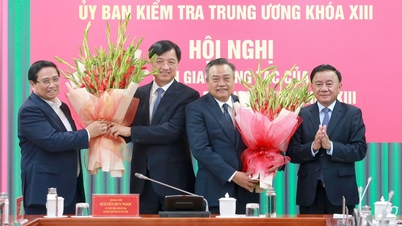




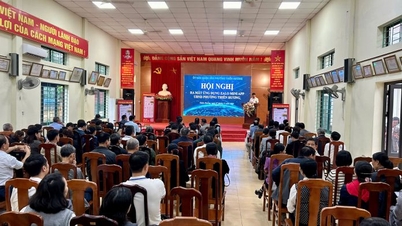






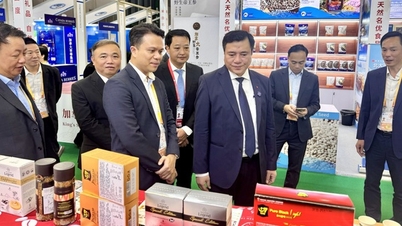












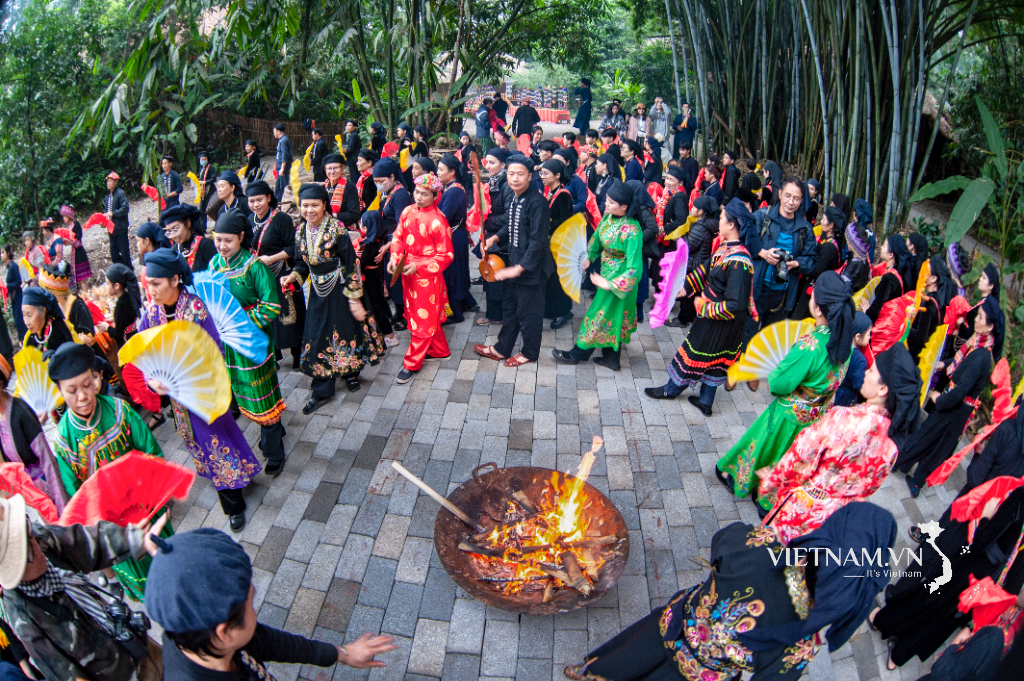
Comment (0)